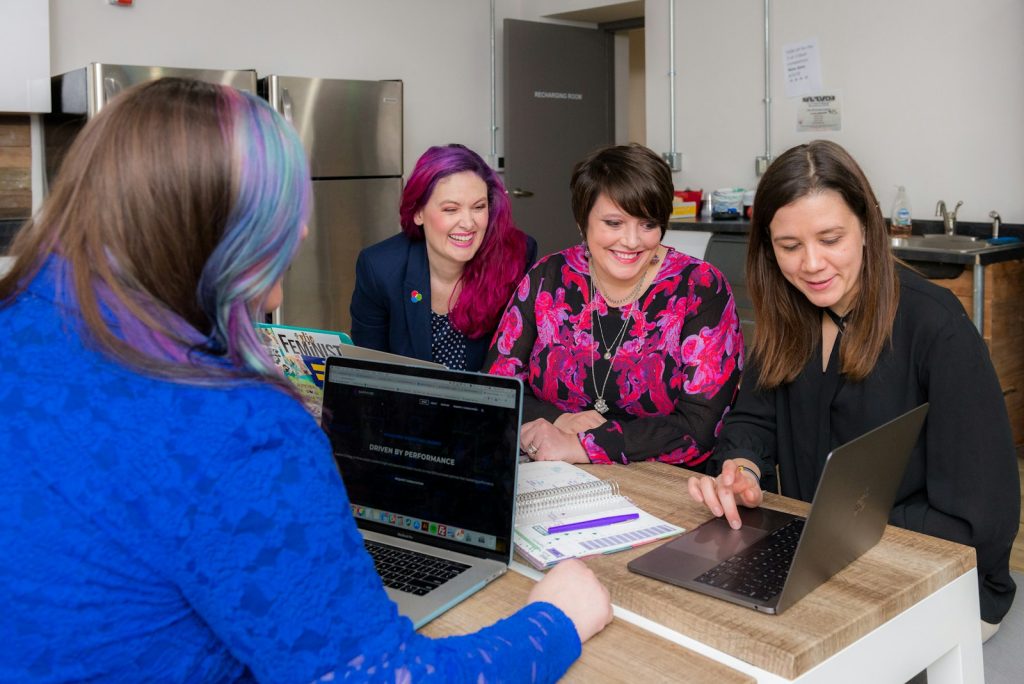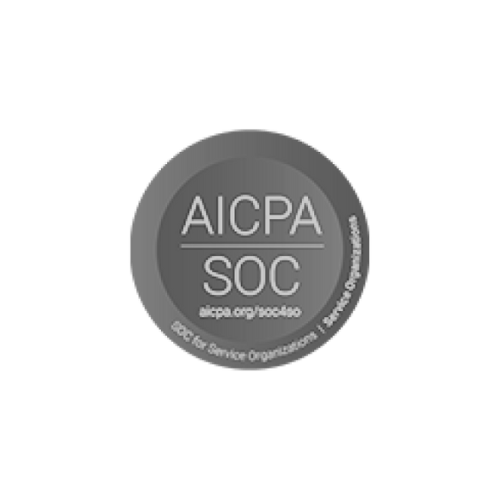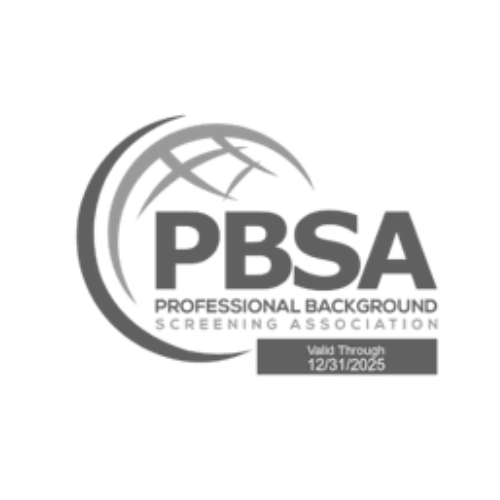In today’s fast-paced, dynamic business world, you’re likely managing teams that span multiple generations.
As more generations work together than ever before, the challenge of managing this diversity grows.
Whether it’s Baby Boomers, Generation X, Millennials, or Generation Z, each generation brings a unique set of values, skills, and expectations to the workplace.
Whether you are in management or leadership, you need to understand these differences and utilize them to create a harmonious and productive environment.
Characteristics of Different Generations
Each generation has distinct characteristics shaped by the world events and technological advancements they have experienced.
Here are the various generations and their characteristics:
Baby Boomers (1946–1964)
This generation grew up in a post-war environment that emphasized loyalty, hard work, and job stability. They typically prefer structured environments and value face-to-face communication.
Gen X (1965–1980)
They are known for their independence and grew up during economic uncertainty. This led them to be adaptable and self-reliant. They often seek a work-life balance, preferring autonomy and flexibility.
Millennials (1981–1996)
This is the first generation to grow up with the internet. Tech-savvy and collaborative, they are driven by purpose and value teamwork. They expect flexibility and tend to prefer feedback regularly.
Gen Z (1997–2012)
These are true digital natives who grew up with smartphones and social media. They are entrepreneurial, value diversity, and often prefer remote or flexible work environments.
Understanding Generational Differences
Generational differences go beyond age. Work values, communication styles, and leadership expectations differ significantly.
For example, Baby Boomers may expect loyalty and a clear chain of command, while Millennials and Gen Z often seek purpose-driven work and open dialogue with leadership.
As a leader, you need to recognize these differences to better meet the needs of your employees and create a cohesive workplace.
Benefits of Managing a Multigenerational Workforce
These are the various benefits of a multigenerational team:
Increased Innovation and Creativity
A diverse workforce made up of different generations brings a wealth of experiences and perspectives.
When you encourage collaboration between your multigenerational employees, you create opportunities for innovation.
Older generations contribute a wealth of industry knowledge and experience, while younger employees offer fresh perspectives and tech savvy.
Broader Skill Sets
One of the greatest benefits you’ll see from a multigenerational team is the range of skills it brings.
Older generations often have a deep knowledge of the industry and long-term relationships with clients, while younger employees are typically more proficient in the latest technologies and trends.
By combining these skill sets, your team can become more versatile and effective.
Enhanced Problem-Solving Capabilities
You’ll find that the diverse perspectives within a multigenerational team enhance your company’s ability to solve complex problems.
Where younger employees might approach challenges with technological solutions, older workers may rely on experience and a deep understanding of past trends to find the best course of action.
Together, these approaches foster better outcomes.
Better Decision Making
Your decision-making process improves when you incorporate diverse perspectives from different generations.
By ensuring that your decision-making processes are inclusive, you gain the benefit of broader insights, leading to more balanced and informed business decisions.
Increased Employee Engagement
Employees who feel valued and understood are more engaged at work.
Multigenerational employees feel more connected to the company when they see their contributions recognized, and this leads to improved morale and productivity.
Greater Organizational Resilience
When your workforce is made up of different generations, your organization benefits from greater resilience.
The blend of seasoned professionals who have seen market ups and downs and younger employees who bring a fresh perspective helps the company stay agile and adapt to change.
Attracting and Retaining Top Talent
In today’s competitive job market, companies with a reputation for embracing generational diversity are more attractive to top talent.
By offering policies that cater to the needs of each generation, such as flexible work arrangements and continuous learning opportunities, you position your company as an inclusive employer.
Strategies for Successfully Managing a Multigenerational Workforce
Here are the various strategies that you can use for successful management of your multigenerational workforce:
Foster Open Communication
One of the most important strategies for managing a multigenerational workforce is fostering open communication.
Each generation prefers different methods of communication, so it’s important to provide a variety of platforms.
While Baby Boomers might prefer in-person meetings, Gen Z often favors instant messaging.
Creating an environment where all employees feel comfortable communicating is essential to maintaining a harmonious team.
Implement Cross-Generational Mentoring
Cross-generational mentoring programs can bridge the gap between different generations.
By pairing younger employees with more experienced ones, you foster a two-way exchange of skills and knowledge.
Create Flexible Work Arrangements
Flexibility is key when managing a multigenerational workforce. Each generation has different expectations regarding work-life balance.
By offering flexible work arrangements such as remote work, flextime, or phased retirement, you cater to the unique needs of your team.
Tailor Learning and Development Programs
Learning preferences vary across generations, so tailoring your development programs is crucial.
Providing a mix of learning options ensures that all employees can develop their skills in a way that suits them best.
Promote a Culture of Respect and Inclusion
To create a positive working environment, it’s essential to promote a culture of respect and inclusion.
Your multigenerational workforce should feel valued regardless of their age. Provide training to address unconscious bias and ensure that age-related stereotypes are avoided.
Encouraging open dialogue between generations fosters mutual respect and helps your team work cohesively.
Implement Age-Diverse Leadership Teams
An age-diverse leadership team sends a powerful message about your company’s commitment to generational inclusion.
Make sure that your leadership team reflects the diversity of your workforce so that decisions are inclusive and well-rounded.
Adapt Performance Management Systems
You should adapt your performance management system to align with the needs of a multigenerational team.
By offering a variety of feedback methods, you can cater to the preferences of each generation and ensure that all employees feel supported.
Leverage Technology to Bridge Gaps
Technology plays a significant role in managing a multigenerational workforce.
You can use collaborative platforms that cater to both tech-savvy and less tech-comfortable employees, ensuring everyone is on the same page.
Addressing Challenges in Multigenerational Workforce Management
Resolving Intergenerational Conflicts
Conflicts may arise from generational differences in work styles or communication.
It’s important to approach these conflicts with empathy and understanding.
Encourage open discussions where employees can express their concerns and work together to find common ground.
Avoiding Stereotypes and Ageism
Stereotyping based on age can create unnecessary tension in the workplace.
To avoid this, make sure your employees understand the dangers of ageism and train them to challenge their assumptions.
Managing Technological Adaptation
Technology is one area where generational differences are most visible.
While younger generations often embrace new technology quickly, older employees may need more time to adapt.
Providing tailored training sessions helps bridge this gap and ensures that all employees, regardless of age, are comfortable with the tools they need to do their jobs.
Balancing Workplace Policies Across Generations
You need to design workplace policies that cater to employees at different stages in their lives.
For example, while Baby Boomers might be thinking about retirement and healthcare, Millennials and Gen Z may be more focused on career development and flexible working conditions.
Offering a range of benefits ensures that your policies appeal to all generations.
The Role of Background Verification in Multigenerational Workforce Management
Why Background Checks Matter in Multigenerational Teams?
Background verification plays an important role in managing a multigenerational workforce.
Employment verification ensures that you’re hiring individuals with the right skills and qualifications, regardless of their generation.
It’s essential to vet all candidates thoroughly, as generational differences may shape how each candidate presents their work history.
How Verification Companies Can Assist?
Consulting a background verification company can help you streamline the hiring process as they provide you with accurate and compliant checks.
These companies offer services tailored to different generations, ensuring that privacy expectations are respected.
Partnering with a trusted background verification firm guarantees that you’re bringing the right people into your multigenerational team.
Leadership Techniques for Multigenerational Management
Adapt Your Leadership Style
You should adapt your leadership style to suit the needs of each generation.
By being flexible and adjusting your approach, you can build stronger relationships with your team members and foster a more productive environment.
Leading with Emotional Intelligence
Emotional intelligence is key to leading a multigenerational workforce.
By showing empathy and understanding towards each employee’s unique needs and challenges, you can create a more supportive environment.
Encourage a Feedback-Driven Culture
Encouraging a culture where feedback flows freely helps bridge generational gaps. Regular feedback ensures that all employees in your organization feel heard and valued.
Celebrating Achievements Across Generations
Recognition is essential for maintaining employee morale, but preferences for how it’s delivered may differ.
While older generations might appreciate formal recognition, younger employees might prefer public acknowledgment on social media or internal platforms.
Tailoring recognition programs to suit different generations helps build a culture of appreciation.
Future Trends in Multigenerational Workforce Management
The workforce of the future is evolving rapidly, with emerging trends shaping how you manage teams made up of different generations.
Here are the future trends that will impact multigenerational workforce management:
Gen Alpha’s Entry into the Workforce
Gen Alpha, born after 2012, will start entering the workforce in the next decade.
They are expected to have even higher expectations for workplace technology and digital integration.
Here is what defines this generation:
Technologically Immersed: Gen Alpha will expect workplaces to seamlessly integrate cutting-edge technologies like artificial intelligence, augmented reality, and virtual collaboration tools.
Focus on Flexibility: Having experienced a world where remote schooling and virtual interactions are normal, Gen Alpha will prioritize flexibility in the workplace.
Early Adaptation of Skills: Unlike previous generations, Gen Alpha will likely start developing workplace skills at a younger age, thanks to the availability of online learning platforms.
Higher Emphasis on Social and Environmental Responsibility: Gen Alpha, like Millennials and Gen Z, is growing up with a strong focus on social justice and sustainability.
Preference for Personalization: Gen Alpha is used to personalized digital experiences. They will expect the same level of customization at work, whether it’s personalized career development paths, benefits packages, or recognition programs.
Increasing Role of Remote Work and Hybrid Models
Remote work, accelerated by the COVID-19 pandemic, is not just a passing trend.
As technology continues to improve, remote and hybrid work models will become the norm across many industries.
Generational Flexibility Preferences: While Gen Z and Gen Alpha may fully embrace remote work, older generations like Baby Boomers might prefer a hybrid model where they still have some in-person interactions.
Collaborative Tools: With teams working remotely, it’s critical to invest in collaboration platforms that ensure seamless communication across different generations.
Work-Life Integration: The concept of work-life balance is shifting towards work-life integration, especially for younger generations.
Remote Work Infrastructure: Ensuring that all employees, regardless of their technological proficiency, have the tools and training needed to work remotely will be essential
Virtual Leadership: Managing teams remotely will require different leadership skills.
AI-Driven Technologies in the Workplace
The integration of artificial intelligence (AI) will profoundly shape the future workplace, automating routine tasks and enhancing decision-making.
AI for Workflow Automation: AI will handle a variety of repetitive tasks, from scheduling meetings to data entry, freeing up time for employees to focus on more strategic work.
AI-Powered Learning and Development: AI will personalize learning experiences by identifying skills gaps and recommending tailored training programs for each employee.
Data-Driven Decision Making: AI will assist leaders in making more informed, data-driven decisions.
Reskilling for AI Integration: As AI continues to automate tasks, some roles may evolve or disappear entirely.
Evolving Expectations Around Diversity, Equity, and Inclusion (DEI)
Generations entering the workforce, particularly Millennials, Gen Z, and Gen Alpha, place a high value on diversity, equity, and inclusion.
Multigenerational DEI Initiatives: Future workforce strategies must incorporate DEI initiatives that span across all generations.
Inclusive Leadership: You’ll need to adopt leadership styles that value inclusivity, where the voices and experiences of employees from all generations are equally considered.
Addressing Age Diversity: Ageism, whether directed at older or younger employees, will become a key issue as more generations work together.
The Shift Toward Continuous Learning and Development
As workplace technologies evolve and job roles change, continuous learning will become a core component of workforce management.
Employees, regardless of generation, will need to constantly update their skills to remain competitive and contribute to the organization’s success.
Self-Directed Learning: Younger generations, particularly Gen Z and Gen Alpha, prefer self-directed learning through online platforms, micro-learning modules, and mobile applications.
Skill Gaps and Reskilling Initiatives: As automation and AI reshape job roles, employees of all generations will need reskilling.
Learning Pathways for Career Growth: Younger generations are especially interested in clear career development paths.
Mentorship as a Learning Tool: Cross-generational mentoring will play a vital role in continuous learning.
On-the-Job Training with AI Integration: AI will increasingly be used to create personalized learning experiences, helping employees across generations identify areas for improvement and progress in their careers.
Conclusion
Successfully managing a multigenerational workforce requires flexibility, empathy, and a commitment to inclusivity.
By understanding the unique strengths of each generation and implementing strategies that foster collaboration and communication, you can build a cohesive, productive, and resilient team.
As the workplace continues to evolve, adapting to the needs of each generation will be essential to your company’s success.
















